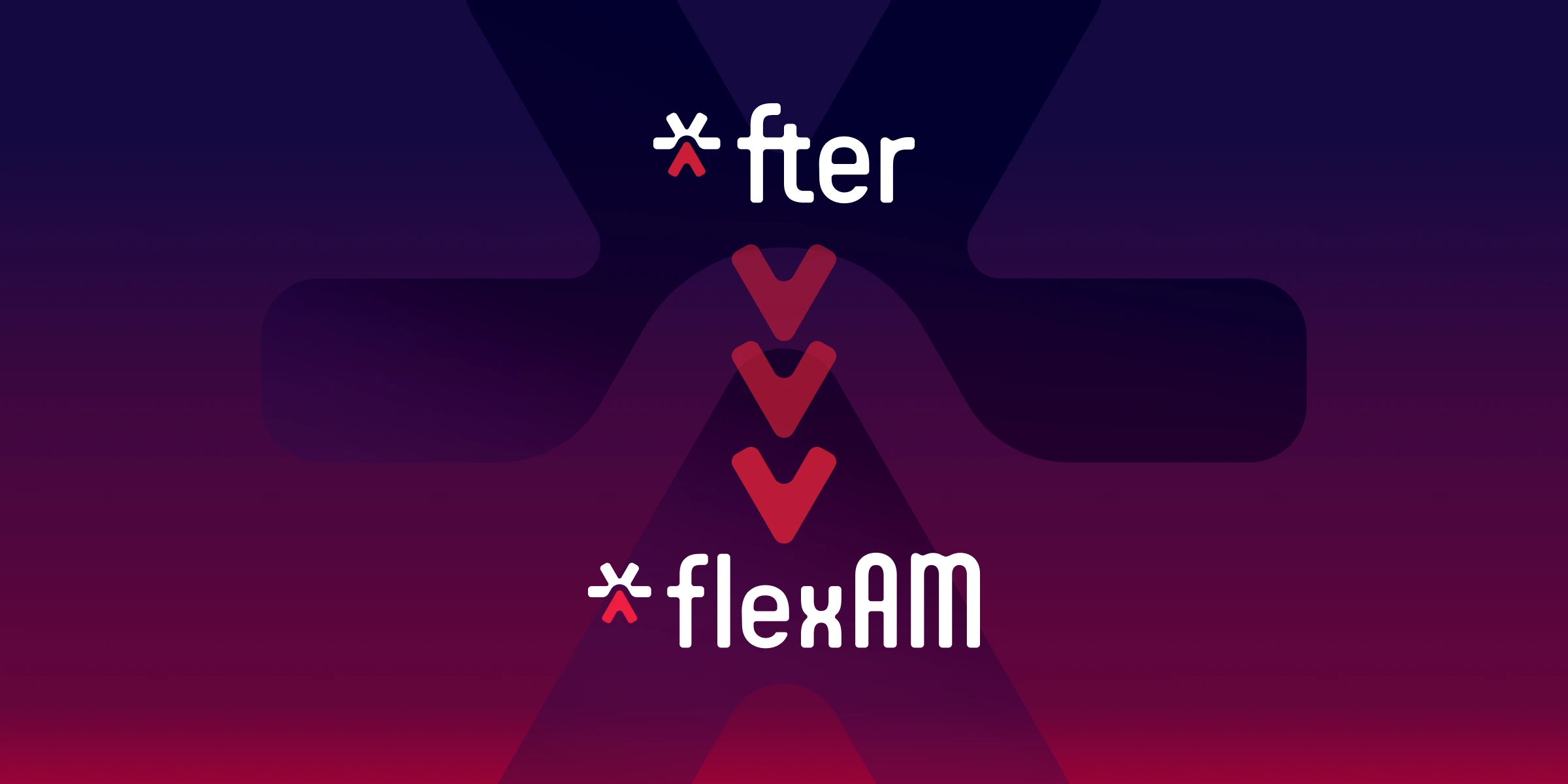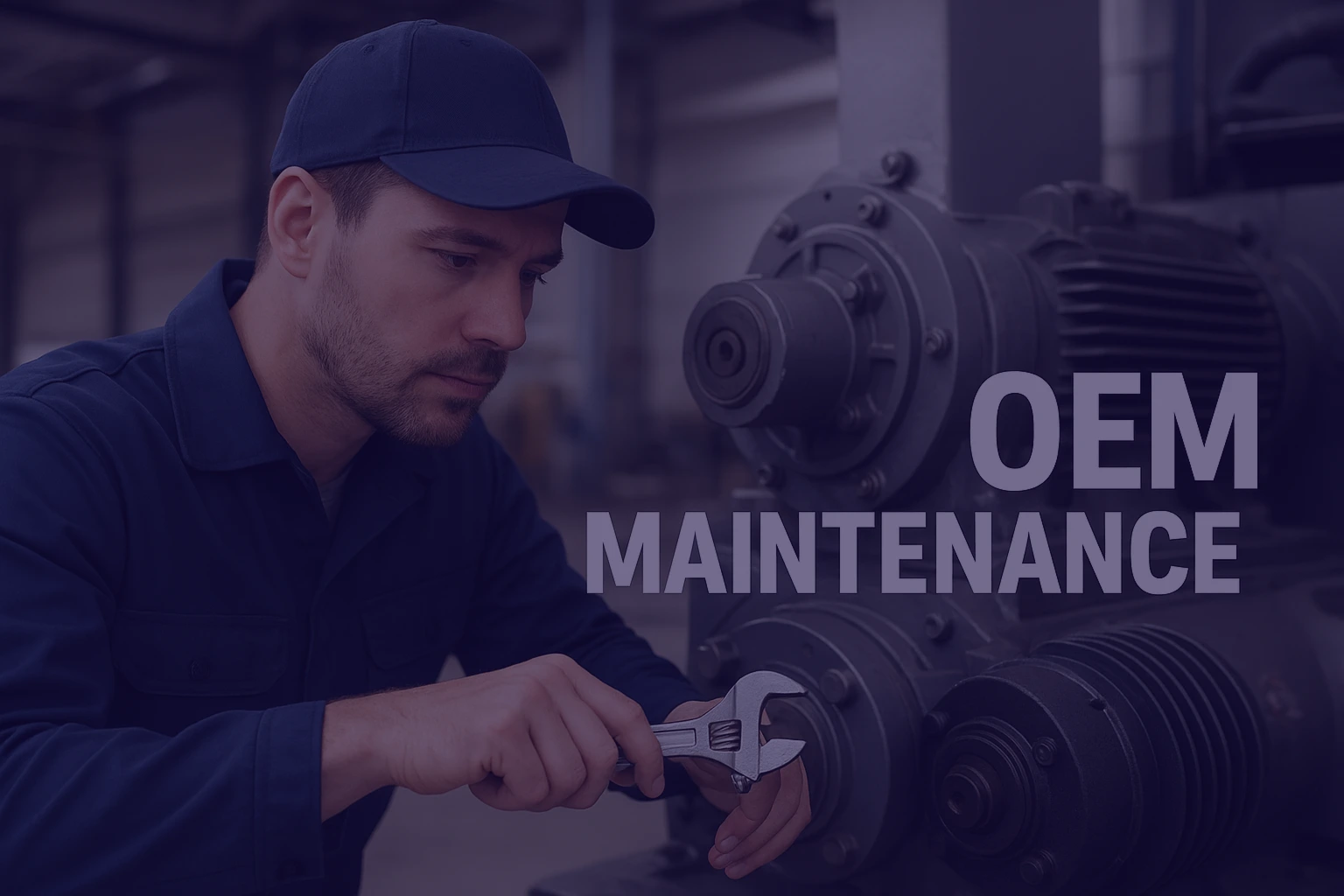
Use Case – Orginal


Understanding OEM maintenance management: A beginner’s guide

Predictive maintenance: A game changer for after sales

What is the future of aftermarket services in the industrial sector?

Unlocking 40% revenue growth: McKinsey’s framework for aftermarket services

Understanding MRO: Maintenance, Repair, and Operations
Use Case: Industrial Machine Builder: Unlocking the Aftermarket Potential with fter.io



Customer Overview:
Industrial Machine Builders are leaders in designing, manufacturing, and installing complex industrial machinery and production lines across various sectors, including food and beverage, logistics, energy, and process industries such as chemical production and pulp & paper. These machines are critical to their customers’ operations and are deployed globally, creating a substantial installed base.
Given the typically long lifecycle of these machines—often spanning decades—the installed base for many of these companies includes a large number of machines that require ongoing support and maintenance. However, despite the critical importance of this installed base, many Industrial Machine Builders are not fully capitalizing on the potential of aftermarket services. For some OEMs, aftermarket revenue constitutes as little as 10% of their total income, often indicating a lack of structured processes and business models to support this area effectively. In contrast, those with aftermarket revenues closer to 50% are more likely to have developed robust processes and business models, optimizing this aspect of their business.
To maximize aftermarket potential, it’s essential for OEMs to have comprehensive knowledge of their installed base. However, it’s not just about knowing what machines are deployed and where—information that OEMs typically already possess—but rather the intricate details of each machine. This includes specifics such as the components used, the status of those components (whether they are end-of-life or still valid), software versions, operating system versions, and other critical technical details. These pieces of information are crucial for maintaining and optimizing effective aftersales processes, enabling OEMs to offer targeted services and proactive maintenance, ultimately enhancing profitability and customer satisfaction.
Use Case Description:
The key to success for any OEM lies in having a comprehensive knowledge of their installed base. When an OEM not only knows what machines are in the field and where they are located, but also possesses detailed information about each machine’s components, software versions, and operational status, they can start to develop and implement various business models around this installed base—such as service level agreements, consumable sales, spare part sales, or even advanced offerings like Production-as-a-Service.
By adding connectivity to these machines, OEMs can optimize all of these business models. Connectivity allows for real-time data collection and analysis, enabling the optimization of service agreements, maximization of consumable sales, and the creation of new, innovative business models. This connected approach ensures that OEMs can not only respond to customer needs more efficiently but also anticipate them, leading to increased profitability and customer satisfaction.
At the heart of fter.io is its highly flexible installed base management system. Fter.io allows OEMs to configure installed base registers that include only the relevant information needed for aftersales activities, while excluding irrelevant data. This customization ensures that the OEMs can focus on what matters most to their aftermarket strategy.
Moreover, fter.io enables the definition of status flows for assets, such as indicating whether a product needs updating, is available as a spare part, or has been phased out by the supplier. This feature helps OEMs manage their fleet effectively and identify opportunities for modernization and other services as needed.
Fter.io also supports the creation and management of work orders, whether for scheduled maintenance, ad-hoc repairs, data-driven alarms, or other aftersales opportunities. It allows for the definition of process flows that optimize these various business opportunities in the most efficient way possible. By connecting these tasks with the necessary human and material resources, fter.io enables OEMs to streamline their operations, optimize resource utilization, and automate the invoicing process—sending billing information directly to their existing ERP system.
A key feature of fter.io is its “tooling-first” design philosophy. This means that the system is built to allow administrative users to optimize all data structures and processes continuously without needing further development from the supplier. This flexibility empowers OEMs to adapt and improve their aftermarket processes in real time, keeping them agile and responsive to market demands.
Importantly, fter.io includes robust data collection capabilities that facilitate the real-time monitoring and analysis of machine performance. These capabilities underpin the system’s ability to drive proactive and predictive maintenance strategies, enhancing the overall effectiveness of the OEM’s aftermarket operations.
Value Proposition: Maximizing Aftermarket Revenue with fter.io

Implementing fter.io offers significant advantages to Industrial Machine Builders, particularly in terms of profitability, operational efficiency, and long-term company value:
- Enhanced Revenue from Aftermarket Services: By optimizing service agreements, consumable sales, and spare part offerings, fter.io enables OEMs to significantly increase their aftermarket revenue. This recurring revenue stream is typically more profitable than new machine sales, contributing to long-term financial stability.
- Higher Profit Margins: Streamlining aftermarket processes and automating routine tasks reduces operational costs, boosting profit margins without the need for additional workforce investments. This is crucial in a competitive environment where finding skilled personnel can be challenging.
- Increased Company Value and Stability Higher Profit Margins: A well-managed aftermarket strategy provides a stable and predictable income stream, enhancing the overall value of the company and reducing financial volatility associated with the cyclical nature of new machine sales.
- Optimized Resource Utilization: Fter.io’s tooling-first approach allows OEMs to continuously improve their processes and data structures, freeing up specialized R&D and service resources to focus on innovation and new product development. This drives growth and keeps the company competitive.
- Scalable Growth in Aftermarket Services: The digitalized service concept reduces dependence on local specialized personnel, making it easier to scale aftermarket services globally. This is particularly important in regions where skilled workers are scarce.

Overall, fter.io provides a comprehensive solution that not only enhances the efficiency and profitability of managing the installed base but also enables new business opportunities and operational models. By integrating advanced connectivity and digital capabilities, fter.io helps Industrial Machine Builders unlock the full potential of their aftermarket, leading to sustained growth and increased long-term value.
Value Proposition: Maximizing Aftermarket Revenue with fter.io

Implementing fter.io offers significant advantages to Industrial Machine Builders, particularly in terms of profitability, operational efficiency, and long-term company value:

Overall, fter.io provides a comprehensive solution that not only enhances the efficiency and profitability of managing the installed base but also enables new business opportunities and operational models. By integrating advanced connectivity and digital capabilities, fter.io helps Industrial Machine Builders unlock the full potential of their aftermarket, leading to sustained growth and increased long-term value.

